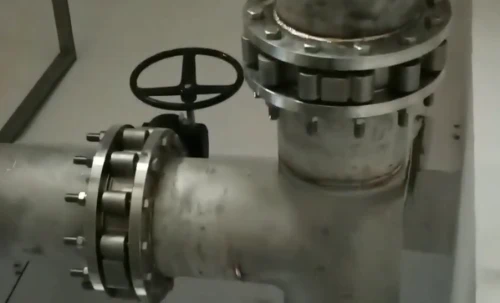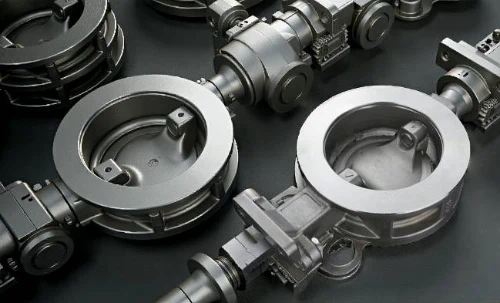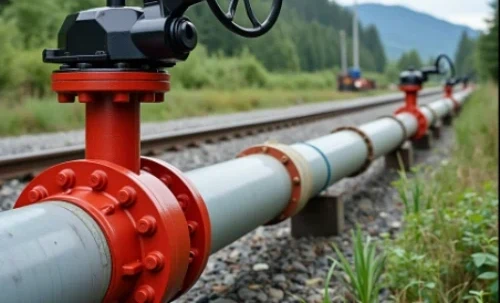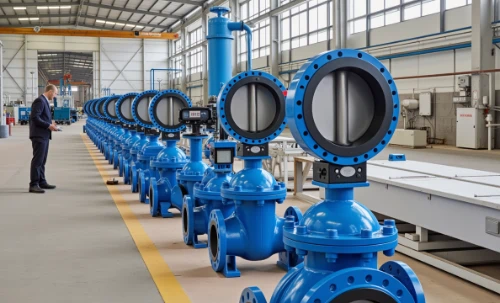Table of Contents
|
Can Soft-Seal Butterfly Valves Outsmart Static Sparks? The latest innovations in anti-static design are redefining industrial safety standards across critical sectors. From petroleum and chemical processing to mining operations, the risk of electrostatic discharge poses a constant threat. This article explores the cutting-edge technologies that make the modern soft-seal butterfly valve a cornerstone of safety and reliability. |
||||||||||||
|
⊙ Part I: Innovative Anti-Static Solutions in Rubber-Lined Butterfly Valves |
||||||||||||
|
In recent years, stringent safety requirements in high-risk industries have elevated the importance of the anti-static device in butterfly valves. As critical components in fluid control systems, any type butterfly valve—whether a wafer type butterfly valve or a lug type butterfly valve—can generate static electricity through fluid flow or mechanical friction, posing a serious ignition risk. Next-generation anti-static butterfly valves now integrate conductive materials, grounding systems, and flexible sealing structures, such as those found in a PTFE lined butterfly valve or a rubber seat butterfly valve, to safely dissipate electrostatic charges. For instance, a cutting-edge soft-seal anti-static butterfly valve, often classified as a high performance butterfly valve, employs conductive springs linked to the valve stem, combining low friction with superior static dissipation. This design is widely adopted in natural gas transmission pipelines. |
||||||||||||
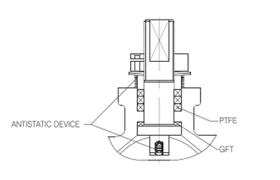 |
||||||||||||
|
|
||||||||||||
|
⊙ Part II: Technical Principles & Industrial Applications |
||||||||||||
|
The core innovation lies in neutralizing charge accumulation. The specifics of this butterfly valve design are often detailed in a technical butterfly valve diagram, focusing on three key technologies: • Conductive Architecture: This includes specific butterfly valve components, like conductive springs, embedded between valve stems and bodies of a stainless steel butterfly valve or carbon steel butterfly valve, ensuring a path for electrostatic discharge. • Flexible Material Engineering: A durable butterfly valve seat made of conductive rubber or PTFE composites, also common in an EPDM seat butterfly valve, minimizes friction-induced static while maintaining airtightness. • Explosion-Proof Certifications: Many of these valves, particularly advanced double eccentric butterfly valve designs, comply with standards like API 609 for safe operation. These valves excel in demanding applications. A notable example is a cryogenic butterfly valve with a DBB design, achieving zero leakage in LNG pipelines while efficiently discharging charges. |
||||||||||||
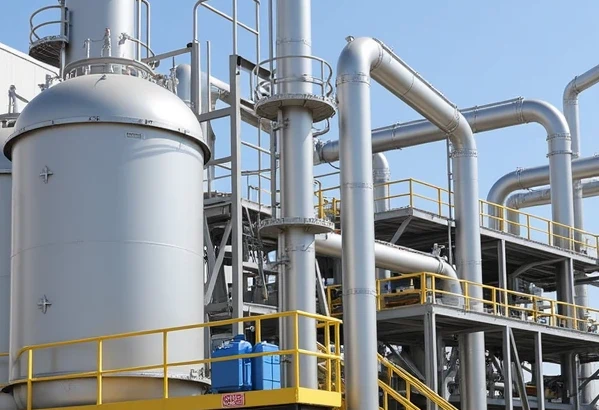 |
||||||||||||
|
|
||||||||||||
|
⊙ Part III: Industry Trends & Future Outlook |
||||||||||||
|
Current R&D, driven by leading butterfly valve manufacturers, focuses on intelligent monitoring and extreme-environment adaptability. Many have introduced the actuated butterfly valve, including electric and pneumatic butterfly valve models with embedded sensors to track seal wear and electrostatic leakage in real time. Simultaneously, industry standards for the flange butterfly valve are evolving; seals must now endure tests across -46°C to 300°C and meet IP68 ratings.
|
||||||||||||
|
|
||||||||||||
|
⊙ Part IV: Conclusion: Redefining Industrial Safety |
||||||||||||
| By merging material science breakthroughs with smart technologies, the soft-seal anti-static valve butterfly valve is not just a component but a cornerstone of modern industrial safety. As leading butterfly valve suppliers continue to innovate, these advanced designs are safeguarding critical infrastructure and paving the way for safer, more sustainable industrial operations worldwide. This evolution underscores a commitment to both performance and protection, ensuring that even the smallest components play a major role in preventing catastrophic events. |
Need Help with Valve Selection?
We don't only sell generic valves. We provide engineered solutions tailored to the specific operating environment of your process area.

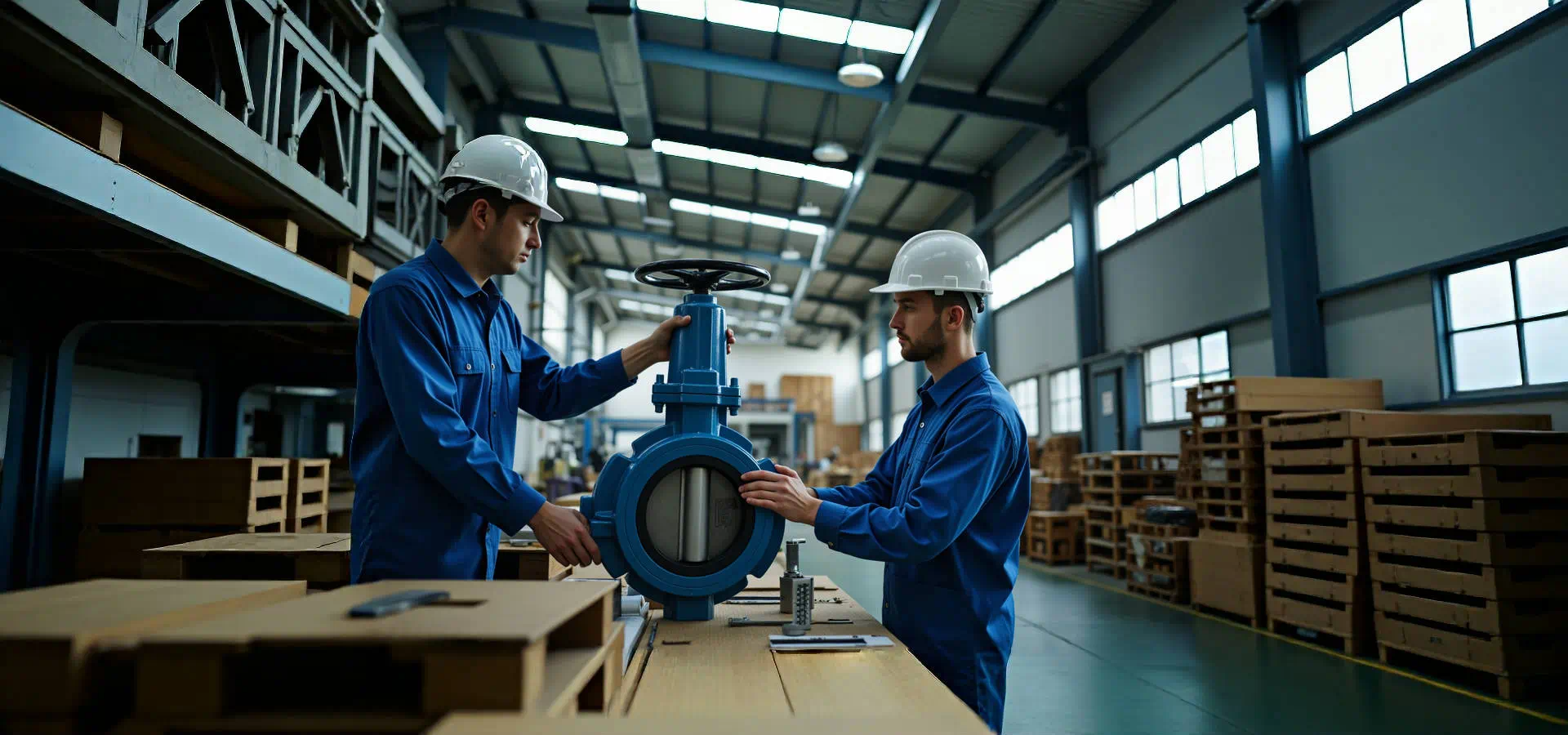
 JRVAL
JRVAL Jun 29 2025
Jun 29 2025